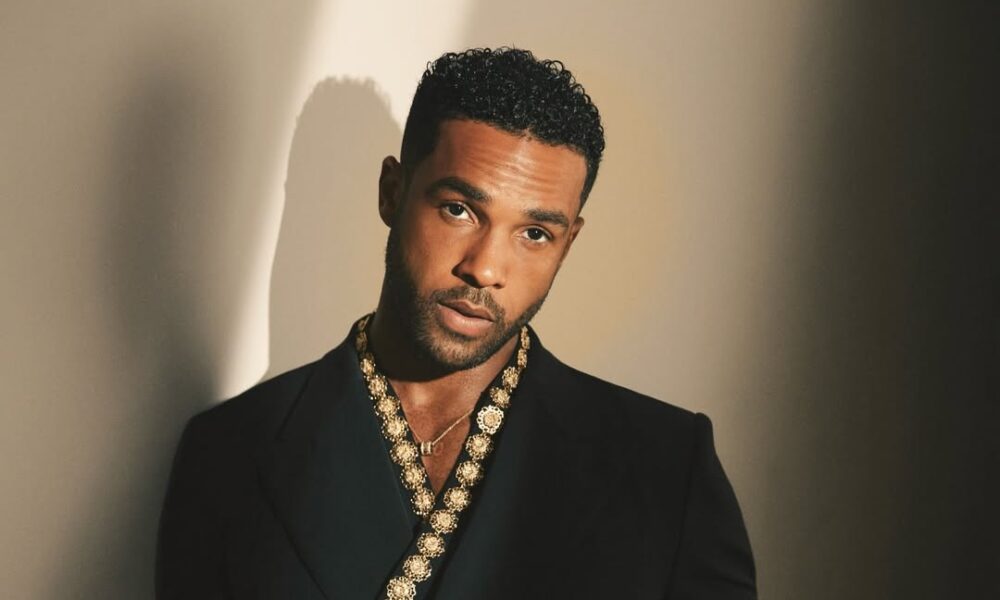The Rise of AfroAnimation: How African Studios Are Telling Our Stories With Global Appeal
(26).jpeg)
From the sweeping savannahs of East Africa to the bustling cities of West Africa, a vibrant wave of storytelling is taking shape through animation and this time, the stories are African at their core. With bold visuals, rooted narratives, and cultural authenticity, African animation studios are finally capturing global attention. But this rise of Afro-animation is about more than just entertainment, it is a reclamation of identity and a bold assertion of presence on the world stage.
African Studios Leading the Afro-Animation Charge
In the past, animation in Africa was a barely visible industry, often overshadowed by Western and Asian productions. However, the tides are shifting. African animators, filmmakers, and creatives are taking the reins, telling African stories with African voices, styles, and values, all while appealing to international audiences. This bold movement, known as Afro-animation, is revolutionizing how the world sees Africa and how Africa sees itself.
(27).jpeg)
Image credit: Creatures Animation studio
At the heart of this movement are studios like Triggerfish Animation in South Africa, Spoof Animation in Nigeria, and Kukua Studios in Kenya, all committed to producing content that reflects the continent’s rich diversity. These studios aren’t just creating cartoons; they’re building worlds that showcase Africa’s mythologies, languages, and lived realities in full color.
One shining example of Afro-animation’s power is “Super Sema”, a Kenyan animated series produced by Kukua. The show follows a tech-savvy African girl who uses science and imagination to protect her village. It became the first African children’s animated series to premiere on YouTube Originals, gaining millions of views globally. With its Swahili-inspired visuals and STEM-centered storytelling, Super Sema didn’t just entertain, it inspired a new generation of African children to dream big and innovate.
Meanwhile, Nigeria's animation powerhouse, Spoof Animation, known for its popular show “The Adventures of Turtle Taido,” continues to push boundaries. The show, now available on DSTV Africa Magic, follows a heroic turtle who travels across Nigeria, introducing young viewers to different cultures, traditions, and historical landmarks. Through this format, Spoof delivers more than stories, it fosters pan-African pride and cultural literacy.
Another leading player, Triggerfish, partnered with Netflix to co-produce “Mama K’s Team 4,” a Zambian animated series about four teenage girls who become superheroes in a futuristic Lusaka. This collaboration not only introduced global audiences to Lusaka’s culture but also positioned Afro-animation as a viable and exciting product on international streaming platforms.
But what’s fueling this explosive growth? A combination of factors. First, there's a clear hunger for African stories that move beyond outdated stereotypes. Audiences at home and abroad are demanding content that reflects African excellence, humor, resilience, and imagination. Afro-animation provides just that and more.
Second, the democratization of digital tools has enabled more African animators to enter the scene. With access to animation software like Blender, Adobe Animate, and Toon Boom, and the rise of online training platforms such as Skillshare and Coursera, young African creators are learning animation without needing to leave the continent. This wave of digital access is birthing a generation of self-taught animators driven by passion, culture, and innovation.
Moreover, African diaspora communities are playing a pivotal role in expanding Afro-animation’s global footprint. Creators abroad, deeply connected to their roots, are collaborating with African studios to fund and co-produce high-quality content. Their dual exposure, African upbringing and international experience helps bridge gaps in funding, quality, and distribution.
The economic implications of Afro-animation are significant. As more studios grow, they create opportunities for scriptwriters, voice actors, storyboard artists, illustrators, sound engineers, and post-production editors. Countries like Nigeria and South Africa have recognized the animation industry’s potential and are working to attract investment through government grants, film festivals, and international co-production treaties.
A key enabler in this evolution has been streaming platforms. Thanks to services like Showmax, Amazon Prime Video, and Netflix, Afro-animation can reach a global audience in real-time. These platforms are actively investing in African content, with Netflix launching Netflix Naija and allocating funds for African creatives. This is not just about representation, it’s about equity in content creation and distribution.
Challenges Facing Afro-Animation Studios in a Competitive Global Market
(28).jpeg)
Image source: Google
Despite the exciting momentum surrounding Afro-animation, African studios still face significant challenges in scaling their vision to meet global demand. One of the most pressing issues is funding. While Western studios often benefit from billion-dollar budgets, many African creators rely on grants, crowdfunding, or personal funds to bring their projects to life. This creates limitations not just in animation quality, but also in the speed and volume of production. For example, while Disney or DreamWorks may complete full seasons within months, African teams often take much longer due to resource constraints.
Funding gaps continue to limit many promising projects. High production costs, lack of local investment, and limited animation-specific infrastructure make it difficult for many studios to scale. However, emerging venture capital firms like EchoVC and international funds focused on African storytelling are beginning to take notice.
Access to advanced animation tools and technologies also poses a barrier. Though software like Toon Boom Harmony and Blender are widely used internationally, African animators often struggle with licensing costs, poor internet access, or lack of technical training. This makes it harder to meet global expectations of smooth, high-definition animation quality, especially for streaming giants like Netflix and Amazon Prime.
Another major bottleneck is distribution. While YouTube and Instagram offer visibility, monetizing African animation at scale remains a hurdle. Some studios are exploring NFTs and Web3 platforms to create alternative monetization models, although adoption is still in its infancy.
Afro-Animation’s Influence on Cultural Identity and Global Perception
The rise of Afro-animation is also fueling the growth of educational institutions. Universities in Nigeria, Kenya, and Ghana are launching diploma and degree programs in animation and digital media. Private hubs like NAICCON in Kenya and Animation Nigeria are also training and certifying talents across the continent. This not only empowers the youth with skills but builds a robust talent pipeline for the industry.
Additionally, social media is shaping the future of Afro-animation. Platforms like TikTok and Instagram Reels are empowering animators to share snippets of work, build audiences, and attract brand partnerships. This short-form content model is allowing Afro-animation to adapt quickly to changing consumer behaviors, especially among Gen Z and millennial audiences.
In this ecosystem, representation is not just a buzzword, it is the heart of the mission. Children growing up seeing characters who speak their languages, wear their clothes, eat their food, and live in familiar settings are more likely to develop self-confidence and global ambition. Afro-animation is not only telling stories, it is shaping identity.
As the African Union continues to push for a creative economy that thrives on local content, Afro-animation holds the promise to become a major cultural export. With each new show, film, and short, African animators are rewriting narratives, challenging global perceptions, and inviting the world to see Africa through African eyes.
Recommended Articles
There are no posts under this category.You may also like...
Arsenal Legend Thierry Henry to Receive Prestigious BBC Lifetime Achievement Award

Former Arsenal and France football legend Thierry Henry will be honored with the Lifetime Achievement award at the 2025 ...
Maresca's Emotional Rollercoaster: Chelsea Boss Claims 'Happy' After 'Worst 48 Hours'

Chelsea boss Enzo Maresca has clarified his previous 'worst 48 hours' comments, now expressing happiness and a deeper co...
Fallout Season 2 Shatters Records, Outperforming HBO's Last of Us!

Fallout Season 2 has premiered on Prime Video to overwhelmingly positive critical and audience reception, scoring a near...
Winter Is Back! Kit Harington Hints at Massive Game of Thrones Comeback

Kit Harington has definitively shut down any possibility of reprising his role as Jon Snow, stating he doesn't want to g...
Love Blossoms: Anwuli & Kennedy's Instagram Romance Leads to #HappilyEverOffor!

Anwuli and Kennedy's love story, sparked by an Instagram connection, led to a beautiful Igbo traditional wedding. After ...
Teyana Taylor & Lucien Laviscount Light Up the 'Spirit Tunnel' with Epic Dance Moves!

The Jennifer Hudson Show features high-energy 'Spirit Tunnel' entrances, with Lucien Laviscount making a stylish walk an...
Kenya's Billion-Shilling Travel Bill: Austerity Pledge Broken?

The Kenyan government spent nearly Sh5 billion on travel in the first three months of FY 2025/26, raising concerns about...
Shehu Sani Urges Nigerians: Shun US Travel Ban, Build Nation

The United States has enacted new travel restrictions impacting Nigerian nationals, covering both immigrant and several ...
.png&w=1920&q=75)
